Albertini corydoras - Corydoras pantanalensis
Scientific name: Corydoras pantanalensis
Common name: Albertini corydoras
Family: Callichthyidae
Usual size in fish tanks: 7 - 9 cm (2.76 - 3.54 inch)
014
Recommended pH range: 6.3 - 7.2
Recommended water hardness: 1 - 15°N (17.86 - 267.86ppm)
0°C 32°F30°C 86°F
Recommended temperature range: 21 - 25 °C (69.8 - 77°F)
The way how these fish reproduce: Spawning
Where the species comes from: South America
Temperament to its own species: peaceful
Temperament toward other fish species: peaceful
Usual place in the tank: Bottom levels
Short Description
The Albertini Corydoras (Corydoras pantanalensis) is a peaceful and sociable bottom-dwelling species native to the waterways of Bolivia in South America. Known for its elegant appearance and active behavior, this fish thrives in well-maintained aquariums with sandy substrates and plenty of hiding spots. Keeping them in groups of at least five individuals ensures their well-being and encourages natural behaviors. With proper care, they make a delightful addition to any community tank.
Origin
Corydoras pantanalensis is native to South America, particularly the waterways of Bolivia. These habitats are characterized by soft, sandy substrates and gently flowing water, providing an ideal environment for this species’ bottom-dwelling and social nature.
Tank Requirements
A tank of at least 70 liters (18 gallons) is recommended for Albertini Corydoras. Maintain water temperatures between 21-25°C (69.8-77°F), a pH range of 6.3-7.2, and water hardness of 1-15°N (17.86-267.86 ppm). Use a sandy substrate to protect their delicate barbels and include plenty of hiding spots with wood, rocks, or plants. Ensure good filtration and regular water changes to maintain high water quality.
Food and Feeding
Albertini Corydoras are omnivorous and thrive on a varied diet. Use high-quality sinking pellets or flakes as their staple food and supplement with algae wafers. Offer protein-rich treats such as bloodworms and brine shrimp twice a week to enhance their coloration and vitality. Feed them in the evening when they are most active.
Compatibility
These peaceful fish are ideal for community tanks and coexist well with other small, non-aggressive species. Suitable tankmates include tetras, rasboras, and other Corydoras species. Avoid housing them with larger or aggressive fish that may intimidate or harm them.
Sexing
Females are larger and have a stockier body shape when viewed from above, while mature males exhibit a subtle green tinge in their body coloration.
Breeding
Breeding Corydoras pantanalensis in captivity has not been reported, but in the wild, they are known to be egg scatterers. Providing optimal water conditions and fine-leaved plants or spawning mops may encourage spawning behavior.
Lifespan
With proper care, Albertini Corydoras can live for 3-5 years. Maintaining stable water conditions, a balanced diet, and a stress-free environment is crucial for their longevity.
Pictures
Bought by aqua-fish.net from jjphoto.dk.
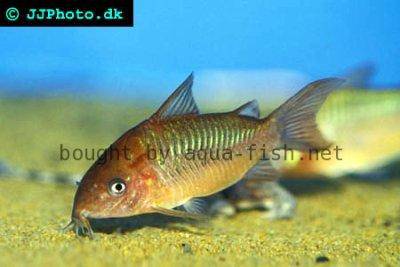






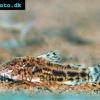 Aspidoras
Aspidoras 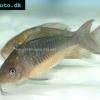 Giant
Giant 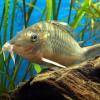 Hognosed
Hognosed 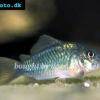 Emerald
Emerald 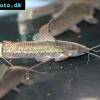 Cascarudo
Cascarudo 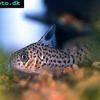 Acre
Acre 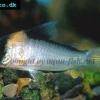 Adolfo’s
Adolfo’s 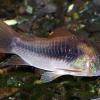 Bronze
Bronze 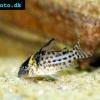 Agassizii’s
Agassizii’s 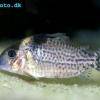 Spotted
Spotted 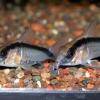 Skunk
Skunk 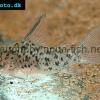 Corydoras
Corydoras 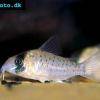 Fairy
Fairy 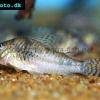 Corydoras
Corydoras 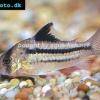 Pink
Pink 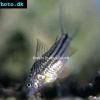 San
San 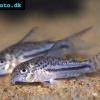 Bond’s
Bond’s  Spotted
Spotted 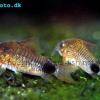 Tailspot
Tailspot 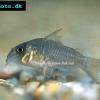 Concolor
Concolor 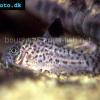 Cope’s
Cope’s 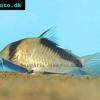 Sand’s
Sand’s 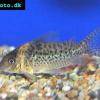 False
False 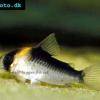 False
False 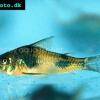 Ehrhardt’s
Ehrhardt’s 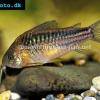 Elegant
Elegant 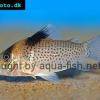 Saddle
Saddle 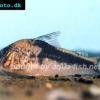 Fowler’s
Fowler’s 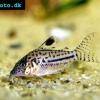 Gomezi
Gomezi 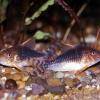 Palespotted
Palespotted 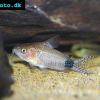 Guapore
Guapore 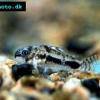 Dainty
Dainty 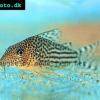 Mosaic
Mosaic 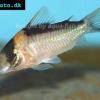 Imitator
Imitator 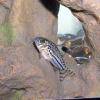 Julii
Julii 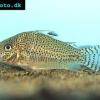 Leopard
Leopard 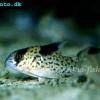 Black
Black 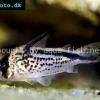 Slant-bar
Slant-bar 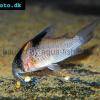 Bluespotted
Bluespotted 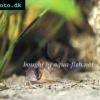 False
False 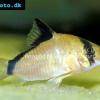 Bandit
Bandit 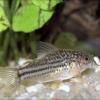 Mini
Mini 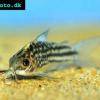 Napo
Napo 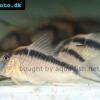 Corydoras
Corydoras 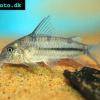 Blue
Blue 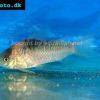 Nijssen’s
Nijssen’s 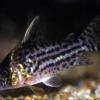 Ornate
Ornate 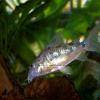 Peppered
Peppered 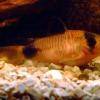 Panda
Panda 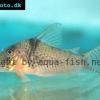 Pastaza
Pastaza 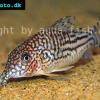 Corydoras
Corydoras 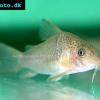 Many-spotted
Many-spotted 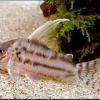 Pretty
Pretty 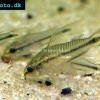 Dwarf
Dwarf 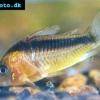 Iridescent
Iridescent 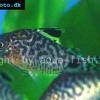 Reticulated
Reticulated 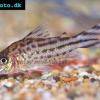 Bannertail
Bannertail 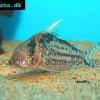 Robust
Robust 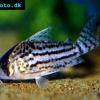 Schwartz’s
Schwartz’s 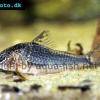 Black
Black 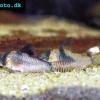 Longnosed
Longnosed 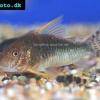 Seuss’
Seuss’ 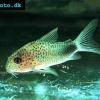 Smudge
Smudge 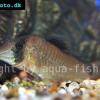 Masquerade
Masquerade 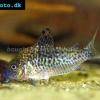 False
False 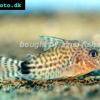 Millenium
Millenium 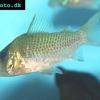 Pinkthroat
Pinkthroat 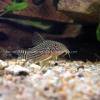 Sterba’s
Sterba’s 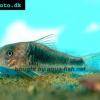 Longsnout
Longsnout 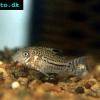 False
False 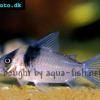 Miguelito
Miguelito 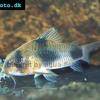 Twosaddle
Twosaddle 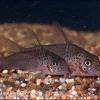 Xingu
Xingu 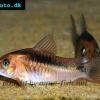 Black
Black 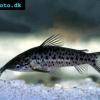 Porthole
Porthole 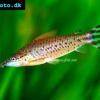 Flagtail
Flagtail 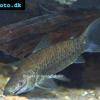 Brown
Brown 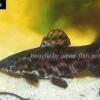 Spotted
Spotted